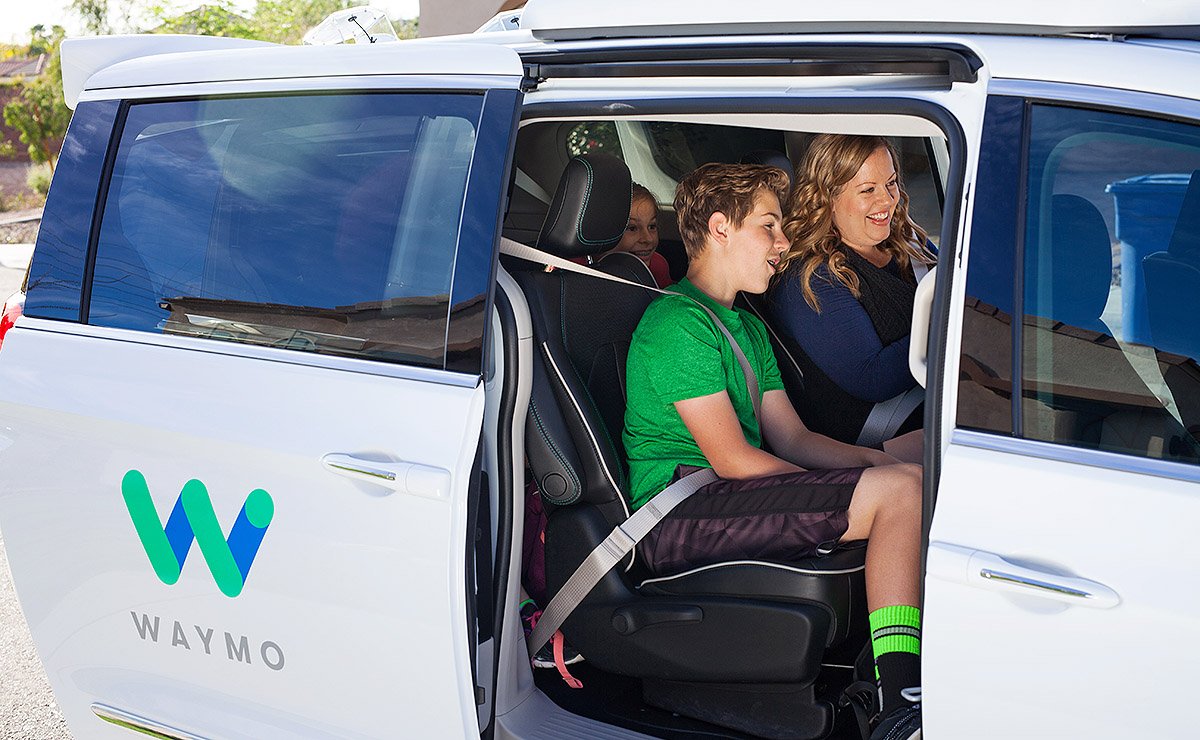| Regulators receive a roadmap toward smart self-driving vehicle policies |

Driverless deployments are happening. Waymo has expanded its rider-only operations in metro Phoenix.
Cruise says its driverless vehicles will be in San Francisco by the end of the year. Motional, the consumer-facing brand created by the Aptiv-Hyundai joint venture, has received a permit to conduct driverless trips in Las Vegas.
While the self-driving industry has shown readiness to begin an era of transportation that no longer includes human safety drivers behind the wheel, regulators have not been moving as fast.
Lawmakers at every level of government are still sorting the new rules of the road. The World Economic Forum wants to provide a map for officials to implement policies.
In a report issued this month, the WEF, an international organization that aims to enhance public-private collaboration, lays out ways in which regulators who lack technical expertise can move from a present-day murkiness — in which there’s no clear definition for “safety” — toward practical frameworks.
The report, “Safe Drive Initiative: Creating Safe Autonomous Vehicle Policy,” reviews the approaches of multiple countries and states and finds a scattershot landscape that, in some fashion, creates a complicated patchwork of regulation and policy. In the U.S., the report notes, an absence of a federal AV framework could lead to regional coalitions of states with similar goals or geographies banding together to set standards or requirements.
Countries that set a strong national policy can gain certain fast-mover advantages. Tim Dawkins, lead author of the report, says that autonomous-vehicle operations are ultimately conducted at the local level. Policies that might work in Phoenix might not work in Pittsburgh.
“Safety needs to be defined by the operating environment,” he said. “That unfortunately is not going to allow interoperable licensing or permitting approaches. It’s just the reality of development. But if we agree on common terms and at a baseline level that a learner’s permit is a first step, that’s where we see this framework fitting.”
Chief among the WEF’s recommendations: Develop scenario-based assessments that represent the challenges AVs will face in their given environments. These assessments can occur through a combination of simulation, closed-course testing and real-world road tests and be based on a scenario library that can be subsequently be used by regulators to set safety benchmarks.
“No two companies should have to experience the same near-miss twice, and this becomes a shared resource, and breaks down tendencies to compete on the basis of safety,” says Michelle Avary, head of automotive and autonomous mobility at the WEF.
In a world where there’s not yet specific benchmarks for automated vehicles nor agreed-upon understandings of safety thresholds, the report provides a firm foundation for narrowing down those definitions. With driverless deployments beginning to materialize, the time for those conversations is now.
— Pete Bigelow
What you need to know
EV-wary dealers offered upward of $500,000 to drop Cadillac Cadillac dealers who don’t see a place for themselves in the luxury brand’s all-electric future can walk away with more than half a million dollars instead. General Motors last week showed the breadth of its commitment to electric vehicles as the future of Cadillac and its other brands, boosting its EV and autonomy budget by 35 percent through 2025. Cadillac’s first full EV, the Lyriq, will launch in early 2022, nine months sooner than initially planned, and the brand expects to be selling only EVs by 2030, as long as GM feels the market is ready. Some dealers, on the other hand, aren’t ready to make that shift — or to spend at least $200,000 on the chargers, tooling and training that GM is requiring. They have until Monday, Nov. 30, to decide whether they’d rather just get out.
During pandemic, bike sales climb along with rentals The COVID-19 crisis has caused shortages of a variety of goods. From cleaning supplies and hand sanitizer to toilet paper and meat, consumers have been stocking up. People also have been buying and renting more bikes and scooters. As the pandemic drones on and consumers shy away from public transportation and shared rides, many are instead using more micromobility. For some, micromobility offers a respite when other forms of transportation — especially in cities — require the use of shared spaces, some with poor ventilation.
Roundup
U.S. government awards transportation contract to Uber, Lyft.
GM hits the gas on electrification rollout.
Consumers still shying from shared mobility and travel, study finds.
McLaren names planned plug-in hybrid Artura.
A coalition launched last week, the Zero Emission Transportation Association, will advocate for national policies to enable 100 percent electric vehicle sales in the U.S. by 2030.
Ineos partners with Hyundai to make hydrogen happen.
Luminar to supply lidar sensors for Mobileye’s self-driving fleet.
Nissan negotiating with U.S. startup to electrify pickup, report says.
Link between autos, space has liftoff.
VW ID4 U.S. launch slips into Q1.
GM, Verizon install 5G technology at Detroit plant.
EU says it could be self-sufficient in EV batteries by 2025.
Brain food
On AV safety, collaboration is crucial, writes Jack Weast, senior principal engineer at Intel and vice president of automated vehicle standards at Mobileye.
Last mile
Old Detroit train tracks to be part of new Ford mobility platform.